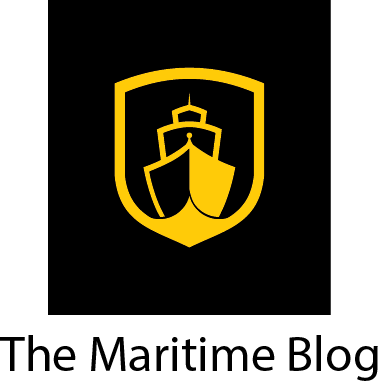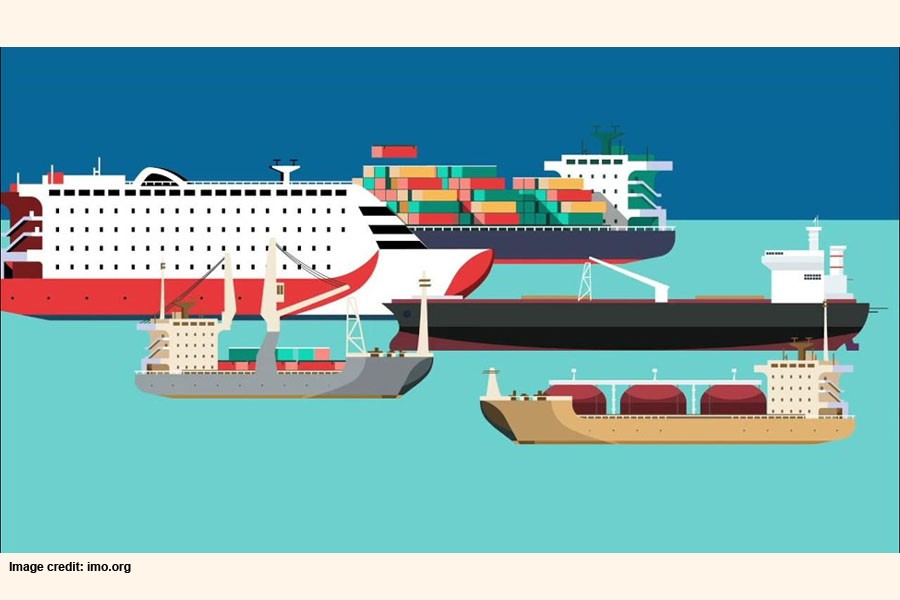search the site
Enhancing seafarer safety: Innovations and best practices in Personal Protective Equipment
by Nick Warrick

In a revealing 2023 report, the Seafarers International Union found that on average 343 workers died each day due to dangerous working conditions. The same report found that 5,190 US workers were killed on the job and there were 3.2 million work-related injuries or illnesses, notes Nick Warrick, Sales Manager at All Seasons Uniforms.
Given the harsh ocean environment and challenging onboard working conditions, companies ought to mitigate the risks posed to their seafarers as much as possible. Providing better Personal Protective Equipment (PPE) is an important contribution to that effort.
The sea is one of the most hazardous working environments on Earth.
Understanding the critical role of personal protective equipment (PPE) for seafarers
Seafaring is a demanding profession, fraught with inherent risks that necessitate stringent safety measures.
Aside from the obvious risk of shipwreck or drowning due to adverse weather events or mechanical failures, common dangers include injuries from heavy machinery, slips and falls, cold exposure, burns, repetitive strain injuries, and chemical inhalation.
RELATEDNEWS
2024 Crew Welfare Week: All wellness dimensions are equally important to seafarers’ overall wellbeing
ISWAN’s survey reveals seafarers’ challenges with decarbonisation
Given such risks, PPE becomes a crucial line of defense, safeguarding seafarers from a multitude of hazards. PPE encompasses a range of workwear, including helmets, gloves, eye protection, waterproof clothing and more, each designed to mitigate specific risks encountered at sea.
The importance of PPE cannot be overstated. It not only protects individuals from immediate harm but inculcates a culture of safety and vigilance among crew members.
By adhering to stringent workwear protocols, maritime organizations can significantly reduce the incidence of injuries and fatalities, thus ensuring a safer working environment for all.
Pioneering innovations in personal protective equipment for seafarers
The maritime industry is witnessing remarkable advances in PPE technology, driven by the need to enhance safety and comfort for seafarers.
These innovations both improve the efficacy of protective gear and render it more user-friendly and adaptable to challenging conditions at sea.
Here are some recent innovations contributing to improving seafarer safety:
High Visibility Vests
A key advancement in Personal Protective Equipment for seafarers is the development of high visibility vests, particularly those equipped with a back opening for harness mounting.
These vests are crucial for improving the visibility of crew members, significantly reducing the risk of accidents in low-light conditions found often at sea. The incorporation of a back opening allows the seamless integration of safety harnesses, essential for tasks that require working at heights or in unstable conditions.
Enhanced protective clothing
Modern protective clothing is designed with advanced materials that offer superior resistance to chemicals, flames, and mechanical hazards.
Innovations such as lightweight, breathable fabrics ensure that seafarers remain comfortable while being adequately protected.
For instance, garments with built-in cooling systems are becoming increasingly popular, as they help regulate body temperature in hot and humid conditions.
High-performance gloves and footwear
The evolution of gloves and footwear has also seen significant improvement.
High-performance gloves now offer enhanced grip, dexterity, and cut resistance, essential for handling tools and equipment safely.
Similarly, footwear is being developed with improved slip resistance, puncture-proof soles, and ergonomic designs to prevent foot injuries and ensure stability on slippery decks.
Best practices for selecting and using PPE for seafarers
Choosing the right PPE is critical to ensuring maximum protection for seafarers. Here are some best practices and factors to consider when choosing maritime PPE:
#1 Comprehensive risk assessment
Conducting a thorough risk assessment is the first step in selecting appropriate PPE. This involves identifying potential hazards and evaluating the severity and likelihood of each risk.
Not every maritime workplace is the same. An oil tanker will require very different workwear to a fishing boat.
By understanding the specific dangers present, maritime organizations can select PPE that provides adequate protection against identified threats.
#2 Fit and comfort
The effectiveness of PPE is significantly influenced by its fit and comfort. Ill-fitting workwear can lead to wearer resistance, which in turn can increase the risk of accidents. Seafarers need to feel they are protected and enabled by their PPE.
Ill-fitting gear can hinder movement and reduce compliance, while comfortable PPE encourages regular use.
It is essential to ensure that all protective equipment is available in various sizes and adjustable to fit different body types, both male and female.
#3 Regular training and drills
Proper training is crucial for the effective use of PPE, especially if it incorporates new and unfamiliar technology.
Seafarers should be regularly trained on the correct usage, maintenance, and inspection of their protective gear.
Conducting drills and simulations can reinforce these practices, ensuring that crew members are well-prepared to respond in real-life situations.
#4 Routine Maintenance and Inspection
PPE should be subjected to regular maintenance and inspection to ensure its integrity and functionality.
This includes checking for wear and tear, replacing damaged components, and adhering to manufacturer guidelines for care and storage. Regular audits can help identify and rectify any issues promptly, maintaining the protective gear’s reliability.
The evolution of PPE for seafarers
The history of PPE in the maritime industry reflects a continuous quest for improved safety and efficiency. From basic protective gear to today’s sophisticated, technology-driven equipment, the evolution of PPE has been remarkable.
Early forms of PPE were rudimentary and often uncomfortable. Fortunately, advances in material science and engineering have led to the development of highly effective and ergonomic solutions.
Materials like Kevlar and Cordura constitute lightweight fabrics with high tensile strength for puncture and abrasion resistance. Other materials such as Nomex or Dyneema (ultra-high-molecular-weight polyethylene or UHMWPE) provide flame or heat protection. There are fabrics for thermal stability (aramid or Outlast), waterproofing (Gore-Tex), and impact protection (polycarbonate).
The integration of technology into PPE represents the latest chapter in this evolution.
Innovations such as Kiber’s VR-enabled inspection helmets, and wearable sensors such as those produced by Hexoskin are transforming how seafarers interact with their protective gear, providing real-time data and insights that enhance safety protocols.
“Worse things happen at sea”
The adage encodes how dangerous the maritime environment can be for seafarers. Fortunately, we can mitigate such risks, thanks to bold innovators working in maritime PPE and workwear.
Improving seafarer safety is a dynamic and ongoing process. Although we continue to innovate our PPE, there’s a long way to go to reduce the casualty rate of workers at sea.
However, by embracing the latest advances and adhering to best practices, the maritime industry proves its determination to safeguard its most valuable asset – its people.


















